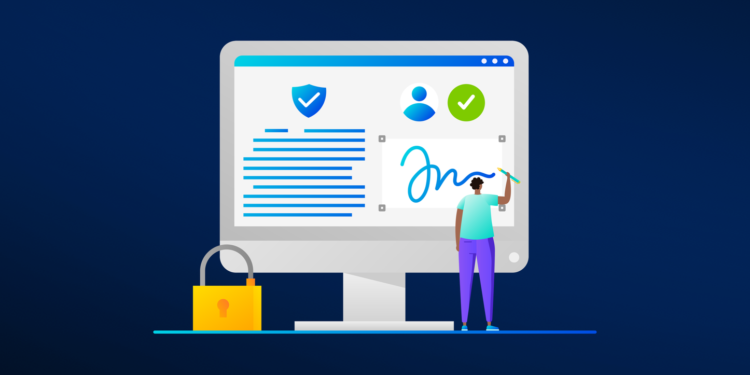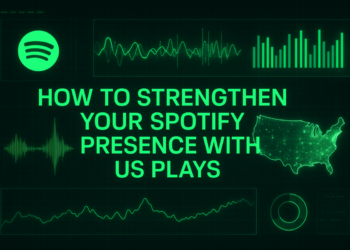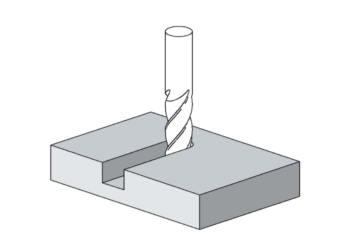Every procurement or IT leader knows the drill: your eSignature contract is up for renewal, the vendor sends an auto-renewal notice with a price increase, and you’re left scrambling to justify the spend. But 2025 brings a very different climate—one where CIOs and GCs across the UK are questioning the status quo of legacy eSignature vendors like DocuSign and Adobe Sign.
There’s a growing awareness that these platforms, while once groundbreaking, now come with bloated pricing models, lackluster support, and limited innovation. As enterprises face tighter budgets and increasing pressure to modernise document workflows, the once-default vendors are now being re-evaluated with a much sharper lens.
This year’s renewal cycle is not just about securing a few percentage points off the top—it’s about asking, “Is this still the right platform for where we’re headed?”
What Legacy Vendors Don’t Want You to Ask
One of the biggest misconceptions among UK businesses is assuming all eSignature solutions are more or less the same. But a deeper look into contract terms, AI capabilities, hidden costs, and compliance frameworks reveals a stark contrast between legacy and modern providers.
Legacy platforms like DocuSign and Adobe Sign often lock enterprises into inflexible pricing structures. Unexpected renewal hikes, user-based fees, and limits on document volume are just the beginning. In fact, many procurement leaders are now actively comparing the top DocuSign alternatives for UK businesses as part of their due diligence process.
Some key questions to ask your incumbent vendor before renewing:
- What are the hidden costs beyond license fees?
- How is your platform adapting to AI-driven contract workflows?
- Can your system support large file uploads (100MB+), rich templates, and dynamic field logic?
- What kind of customer support is available for UK enterprise accounts?
Unfortunately, the answers are often vague or limited, which is why many UK decision-makers are moving toward more transparent, innovation-first platforms like Certinal—an enterprise-grade eSignature solution that offers AI-powered workflows, IDC-recognised leadership, and a no-hike renewal guarantee.
Where Modern eSignature Platforms Outperform Their Legacy Counterparts
Let’s be clear: DocuSign and Adobe Sign still hold substantial market share, and they work reasonably well for many use cases. But enterprise buyers in 2025 want more than “reasonably well.” They want intelligent automation, seamless integrations, and full visibility into how contracts flow across departments.
Here’s where modern solutions like Certinal truly shine:
- AI-Native Automation
Certinal enables AI-powered document classification, smart field detection, and intent recognition—features legacy platforms charge extra for or don’t offer at all. - 100MB+ Document Support
While most platforms cap uploads at 25MB–50MB, Certinal supports up to 100MB, perfect for medical forms, CAD diagrams, or detailed legal documents. - No Hidden Fees, No Surprise Renewals
Unlike many competitors, Certinal offers transparent pricing and a renewal structure that protects your procurement forecasts.
This is particularly relevant for UK businesses doing side-by-side comparisons. If you’re reading a detailed Adobe Sign vs DocuSign, you’ll find one theme repeated: both have plateaued on innovation and upsell aggressively.
That’s why enterprises are exploring Adobe Sign alternatives—not just for better pricing, but for intelligent scalability and compliance readiness.
When to Reconsider Your Contract — Timing Matters
Enterprise leaders often underestimate the power of timing during renewal discussions. Many procurement teams only begin reviewing their eSignature vendors a few weeks before expiration—by then, you’ve lost leverage. Instead, best-in-class organisations begin audits 3–6 months ahead, giving ample time for platform trials, stakeholder alignment, and switching cost evaluation.
In 2025, more companies are using this window to investigate not just pricing, but also data residency (UK/EU-specific), integration flexibility (e.g., with Salesforce or NHS platforms), and audit-readiness for privacy frameworks like GDPR and DPDP. Certinal, for instance, offers native UK/EU compliance configurations out-of-the-box and an audit trail that rivals any legacy player.
Waiting till Q4 of your contract cycle to start looking often means you renew by default—on terms that no longer serve your enterprise.
Who Should Be Involved in the Decision?
eSignature contracts used to sit entirely with IT or procurement. But today, legal, compliance, operations, and even HR all have a stake in how contracts and approvals are executed. That’s why leading UK firms are forming cross-functional buying teams before choosing a provider.
Legal teams, for example, may demand granular control over clause visibility. Ops may need bulk send capabilities. IT may require deep API access. And compliance will want secure storage, IP protection, and verifiable consent trails.
Certinal was built with this matrix of needs in mind. Whether you’re a Chief Legal Officer, CISO, or Transformation Lead, Certinal’s workflow-first architecture ensures that every department gets what it needs—without adding overhead. This contrasts sharply with DocuSign or Adobe Sign, which often need bolt-on features and integrations for true enterprise readiness.
How to Future-Proof Your Enterprise eSignature Stack
Digital signatures are no longer just a box to tick. They’re a strategic asset—powering remote onboarding, healthcare consents, vendor agreements, and financial transactions across geographies.
So, how do you choose a future-ready solution?
- Prioritise AI-native, scalable platforms like Certinal
- Avoid legacy vendors with high renewal uncertainty
- Involve stakeholders across legal, IT, and operations
- Compare true total cost of ownership, not just upfront price
Before you renew any contract in 2025, take a step back and evaluate how your eSignature platform aligns with your future goals—not just your past habits.
Book a personalized demo with Certinal and see why global enterprises are switching.











































































